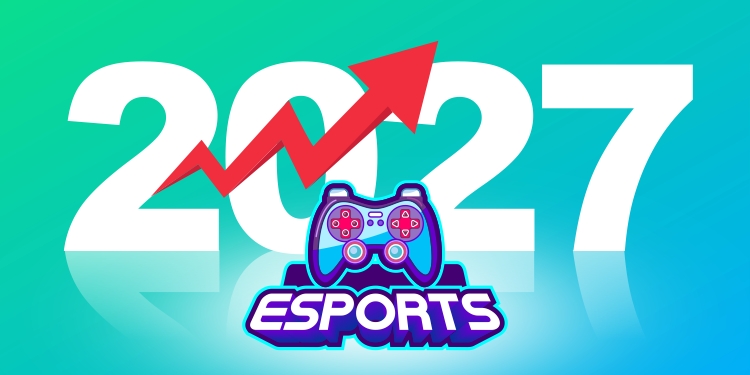Indian e-sports industry grew to $40 mn in 2022 and is expected to reach $140 mn by 2027 at a CAGR of 32pc, according to Lumikai’s new consumer research from its ‘State of India Gaming Report 2022’ in collaboration with Amazon Web Services (AWS).
The research, which surveyed over 2,240 smartphone users across multiple demographics and geographies, is the most comprehensive primary study ever conducted on Indian gamers.
According to the reaseach, 98pc play games on smartphones, with 23pc playing on PCs/laptops and 14pc on gaming consoles. 56pc of gamers surveyed came from non-metros, while midc0re and hardcore categories provide the highest percentage of metros users at 53pc and 59pc respectively. 60pc of gamers surveyed were men, with 40pc being women. Relaxation is the top motivator for gamers with over 50pc, followed by making money (13pc), killing time (12pc), and socializing (11pc).
The findings from the reaseach revealed that Indian gamers spent an average of 8.5- 11 hours per week on gaming, with women on average spending more time per week playing games (11.2 hours/week) as compared to men (10.2 hours/week). Average time spent per week is highest in mid-core (3.4 hours/week; an example of a mid-core Game – is BGMI, Clash of Clans) followed by hardcore and real money games (RMG) (3.3 hours/week; examples of hardcore games – DOTA 2, Genshin Impact).
The survey revealed that 48pc of non-gamers chose casual games (examples of casual games – Ludo King, Candy Crush) as their most preferred game category to play in the future, with 35pc of gamers acknowledging that they have increased their time spent gaming in the last 12 months.
The report highlights that 64pc of paying gamers make in-app purchases, followed by subscription payments at 57pc. 59pc of payers have started paying for games in the last 12 months. The trend further shows that 50pc of paying gamers are willing to pay for casual games, followed by 48pc for mid-core and 39pc for hyper-casual and RMG. Though 45pc of paying gamers are incentivized by the potential to make money, willingness to pay is also driven by new content/levels (43pc) and better in-game items (44pc).
Another highlight of the report is that in the Indian gaming community, Indian-themed video games are becoming more popular. 82pc of gamers are interested in playing games based on Indian mythology, and even 43pc of non-gamers are more inclined to start gaming if games are based on Indian themes like Ramayana. 79pc of gamers are interested in playing games based on Indian themes and history, whereas 78pc gamers are interested in playing games based on Indian celebrities.
The report highlights that the number of e-sports players in India grew 4x from 0.15 million in 2021 to 0.6 million in 2022, and is expected to grow 2.5x over the next five years to reach 1.5 million by 2027. E-sports revenue at $0.04 billion is a small segment currently but is fast growing at 32pc CAGR through to 2027.

Amitabh Nagpal, Head of Startup Ecosystem, AWS India, said, “Gaming has emerged as one of the most engaging forms of entertainment today. Startups are at the forefront of the rapid growth of the Indian gaming industry, and use cloud technologies to build, run and grow their games. AWS provides Indian gaming startups with the services and solutions they need to develop high performance games, across all categories. AWS is designed to help gaming startups provide a seamless gameplay experience to their users by delivering single-digit millisecond latencies. Using the broadest and deepest capabilities of cloud, AWS enables Indian gaming startups to deliver and scale the next generation gaming experience to millions of users worldwide.”

Justin Shriram Keeling, Founding General Partner, Lumikai, said, “As India’s most active early-stage gaming investor, Lumikai’s mission is to shine a light on the opportunities in the sector. Today, we are announcing highlights from the most comprehensive survey of Indian gamers undertaken, which show a diverse market maturing faster than expected across key vectors. Indians download more games than any other country on earth, and this is translating to a host of white spaces on the consumer demand side including a largely young, professional gamer category who are increasingly paying for in-app purchases, an untapped audience of female gamers, and strong interest in games with Indian cultural resonance. It’s truly an exciting time to be building for India’s wide variety of gaming demographics.”
Feedback: [email protected]

















